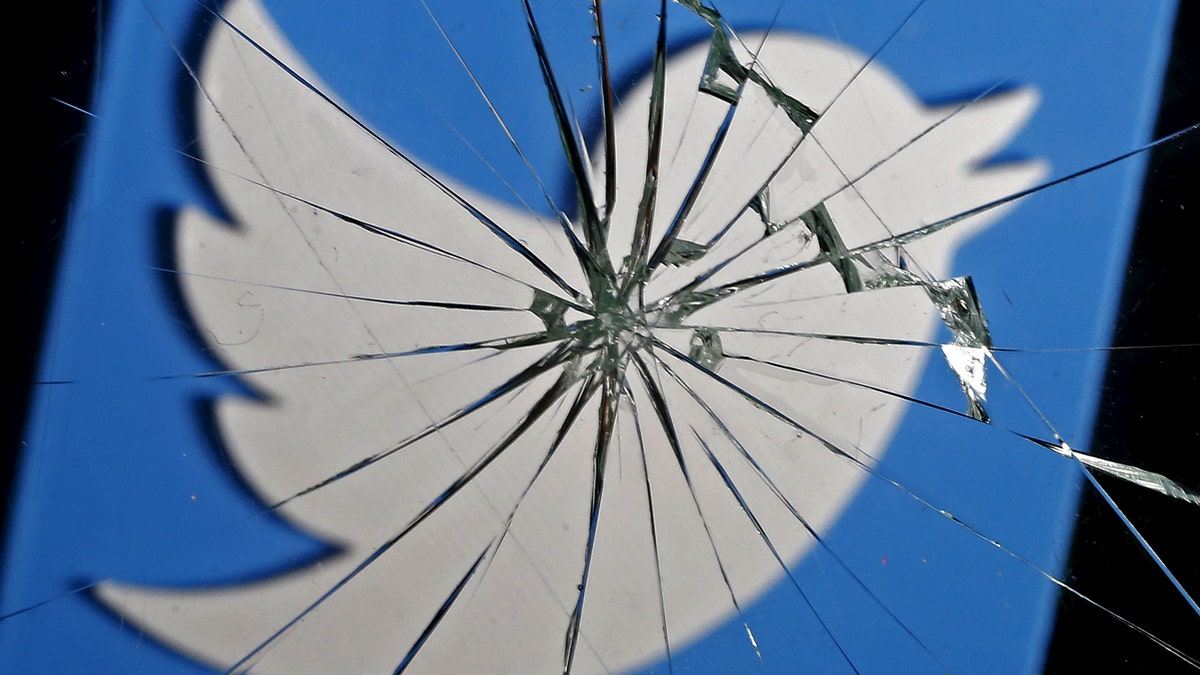
A 3D-printed Twitter logo is seen through broken glass, in this picture illustration taken February 8, 2016. (REUTERS/Dado Ruvic)
It’s no secret that Twitter is largely populated by bots, automated programs that often act under the guise of being an actual human, but new findings out of the Pew Research Center helps quantify their activity.
Bots account for two-thirds of tweets that link to popular websites, according to the report, and have a tendency to share adult content, sports, and news with particular vigor.
The report comes after many months of revelations into the role bots have played in spreading fake news across social media platforms like Facebook and Twitter, potentially influencing votes from the United Kingdom’s Brexit referendum to the 2016 United States presidential election. In November, Twitter updated its policy on bots to limit them to sharing “helpful information” and running “creative campaigns.”
Not all bots are inherently bad. Voice assistants like Siri and Alexa have been given intimate access to our everyday lives, helping many of us manage the chaos of the 21st century. Across social media, some bots send out emergency alerts in the wake of natural disasters, while others help keep bands and brands in contact with their fans.
More From Digital Trends
But many bots are created specifically to spam, troll, and mislead readers with sensational and falsified information.
In their study, the Pew researchers took a random sampling of 1.2 million English-language tweets during a month and a half in the summer of 2017. Their goal was to find out how many of these links were shared by bots, and what topics the bots seemed to focus on.
Using a computer program to track each tweet to its destination, they saved those websites to a database, and selected the nearly 3,000 most common websites. They then counted how many of these tweets derived from bots, a process that meant classifying more than a million tweets and determining which accounts were automated (something many bot accounts don’t openly confess).
To make their job easier, the researchers used Botometer, a machine-learning algorithm that uses more than a thousand bits of information from a given account to make a decision on whether or not the account is a bot. Botometer takes into consideration factors like content, who the account follows, and how long the account has existed. Rather than give a flat-out score of yes or no, the program offers a score between zero and one, which researchers then use to inform their own decision on whether an account is a bot or not.
In the end, the Pew researchers determined that 66 percent of links to popular websites originated from bots. By breaking these links down by topic, they determined that 90 percent of adult content links, 76 percent of sports links, and 66 percent of news links derived from bots.
While these findings may seem intimidating, the Pew team notes that they have yet to answer some key questions. For example, they don’t know how truthful the information shared is nor how humans have interacted with this content. Either way, the report supports the idea that, if you click a link on Twitter, it probably came from a bot.
